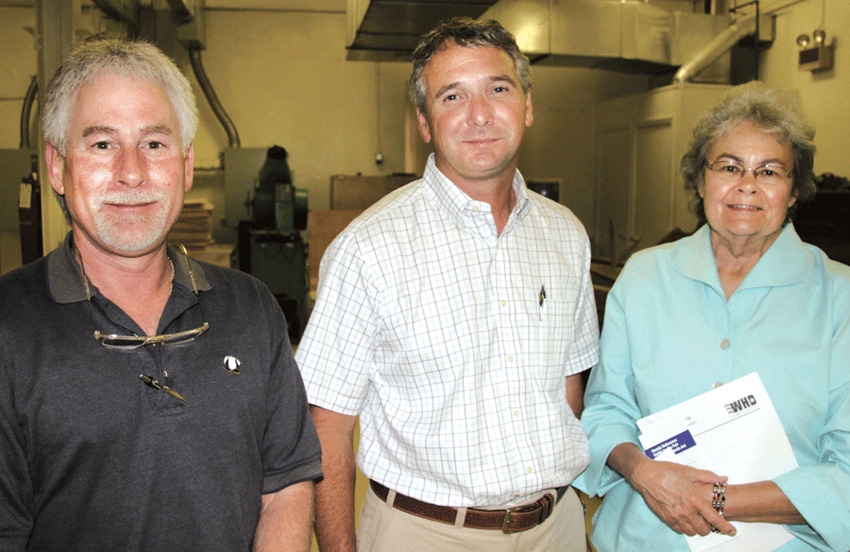
“We’re currently doing pre-season testing on our classing equipment so everything will be ready when cotton starts coming in,” says Keith W. Maloney, area director of the USDA Agricultural Marketing Service classing office at Dumas, Ark. The fee for classing cotton this season will be unchanged at $2.20, he says.

Cotton classing fees for the 2012 harvest will remain unchanged at $2.20, according to Keith W. Maloney, area director of the USDA Agricultural Marketing Service classing office at Dumas, Ark.
Gins and warehouses serving as collection agents will continue to receive a five-cent discount, he said at informational meetings for the Southern Cotton Ginners Association.
“We’re currently doing pre-season testing on our equipment so everything will be ready when cotton starts coming in,” he says.
For the 2011-12 classing season, 1,321,161 were classed at the Dumas office.
Among developments in the USDA classing system , Maloney says, was the implementation of instrument leaf grade in 2010-11; changes in the sample hauling contract to provide multi-year options for upcoming season; automation of the HVI classing process at the Memphis office; completion of a new classing office at Lamesa, Texas; and upgrading of the boiler equipment at the Dumas office.
Mississippi cotton - strong yield potential
In view of the expected cutbacks in cotton acreage in Arkansas and Mississippi for 2012-13 season, he says, procedures have been implemented to increase efficiency and effectiveness of classing office operations, including an increase in module averaging within the cotton program, and a review of sample pickup locations.
“At the same time, the smaller crop continues to pose challenges in maintaining skilled and qualified personnel for our classing operations,” Maloney says.
Weather that could cause possible short staple or high mike problems is always a concern, he notes.
Reporting classing statistics for the 2011/12 season, he says 331,925 samples were classed from the Arkansas crop, up from 301,731 the previous year.
Color 31 and up was 36.4 percent; color 41 was 61 percent; color 51 was 0.9 percent; and color light spotted was 0.5 percent. The average micronaire was 4.74, average length (1.114) was 35.76; average strength, 30.92; average uniformity, 81.70; and average leaf, 3.78.
For the Mississippi crop, 989,236 samples were classed, up from 709,650 the previous year.
Color 31 and up was 53.7 percent; color 41 was 42.6 percent; color 51 was 0.7 percent; and color light spotted was 2.7 percent. Average micronaire was 4.72.
The average length (1.119) was 35.91; average strength, 31.02; average uniformity, 81.79; and average l
About the Author(s)
You May Also Like



